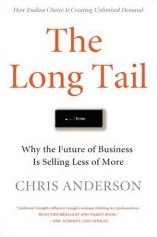
I believe it is important that students are involved in constructing the classroom curriculum that they are going to learn. In New Zealand, our national curriculum is flexible enough to allow students to have a big say in the contexts that will suit their learning needs and interests. It is not that difficult to do, and can be done with year 11-13 students where high stakes qualifications are included. Kath Murdoch and James Beane are two people who have inspired me in this area.
I was interested to read Marc Prensky's blog this week, advocating the inclusion of students at teacher education conferences. This is an idea worth further consideration.
I wonder how we could include a much stronger student voice in the process of the current tweak of our national curriculum.
Of course, this all assumes that we are ready to share or give up some of the power associated with being the teacher at the chalkface (or smartboard). Chris Sessums looks at the locus of control in his blog this week.



